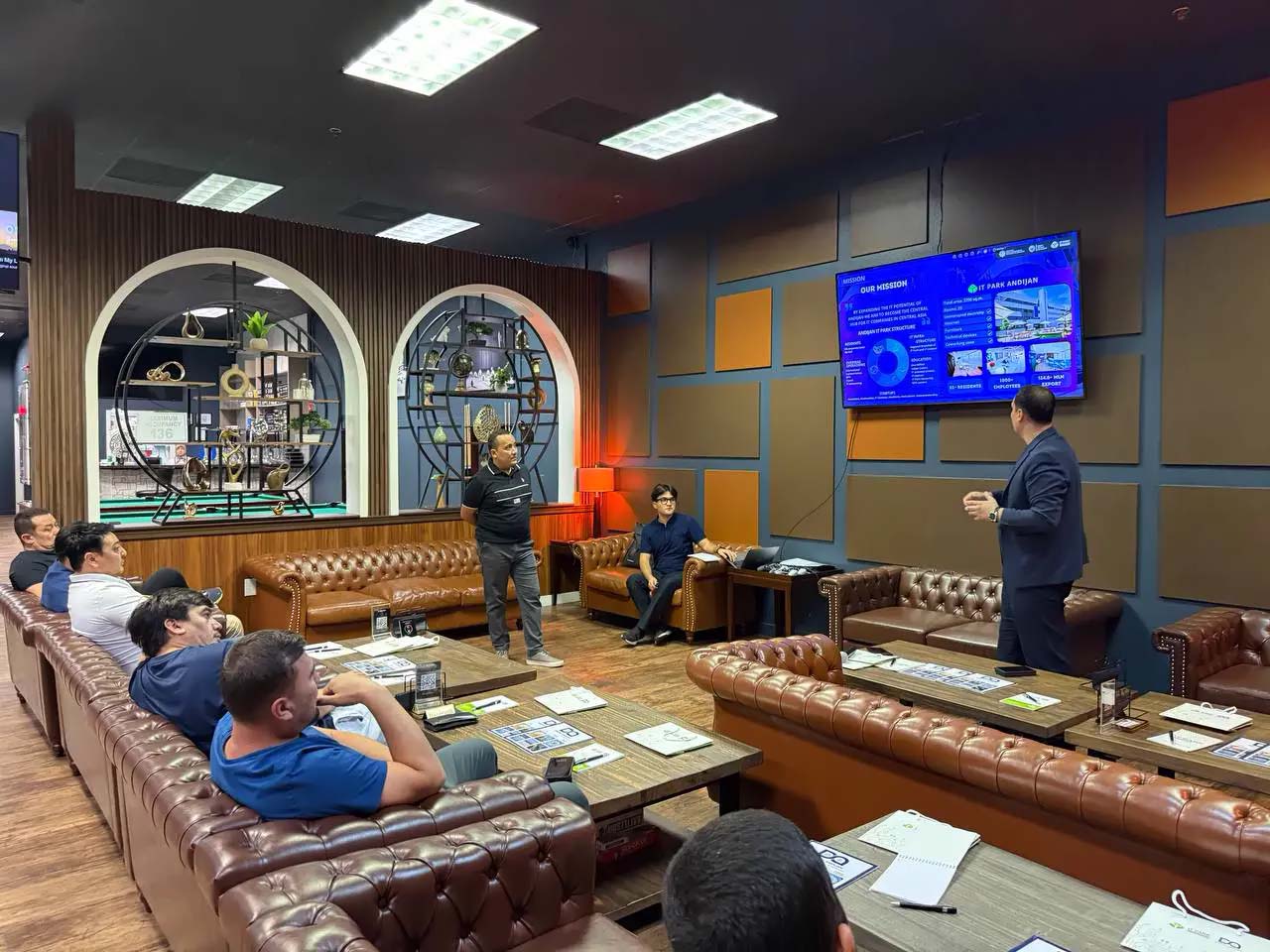A group of researchers from the University of Southern California, UC San Diego, Carnegie Observatory and other scientific institutions presented a new tool for modeling dark matter-the project COZMIC (Cosmological Zoom-in Simulations with Initial Conditions beyond Cold Dark Matter). The development makes it possible to create virtual analogs of galaxies like the Milky Way, taking into account various formation scenarios based on alternative hypotheses about the properties of dark matter. The results are published in three papers in The Astrophysical Journal.
The COZMIC model provides a direct comparison of how different types of dark matter affect the structure of galaxies. During a series of supercomputer simulations, scientists tested several non-standard models: from dark matter interacting with ordinary matter in the early stages of the universe's evolution, to scenarios with self-interacting or multicomponent dark matter. The simulations varied the particle parameters — mass, velocity, and interactivity — to analyze their contribution to the formation of galactic structures.
Special attention was paid to low-mass galaxies. According to the authors of the study, these objects are the most sensitive to the properties of dark matter at the microphysical level and can serve as key indicators in testing theoretical models.
One of the goals of the project was to overcome the limitations of the standard cosmological model, where dark matter is considered exclusively as cold and inert. Team leader Vera Glushevich (USC) noted that for the first time, KOZMIC makes it possible to model galaxies with different physical laws and compare them with astronomical observations.
In the near future, the team plans to conduct a more detailed comparison of simulations with real galaxies in order to identify characteristic features that could indicate the nature of dark matter. The researchers hope that these data will help us move closer to understanding matter, which makes up about 85 % of the mass of all matter in the universe, and its role in shaping the structure of the cosmos.











